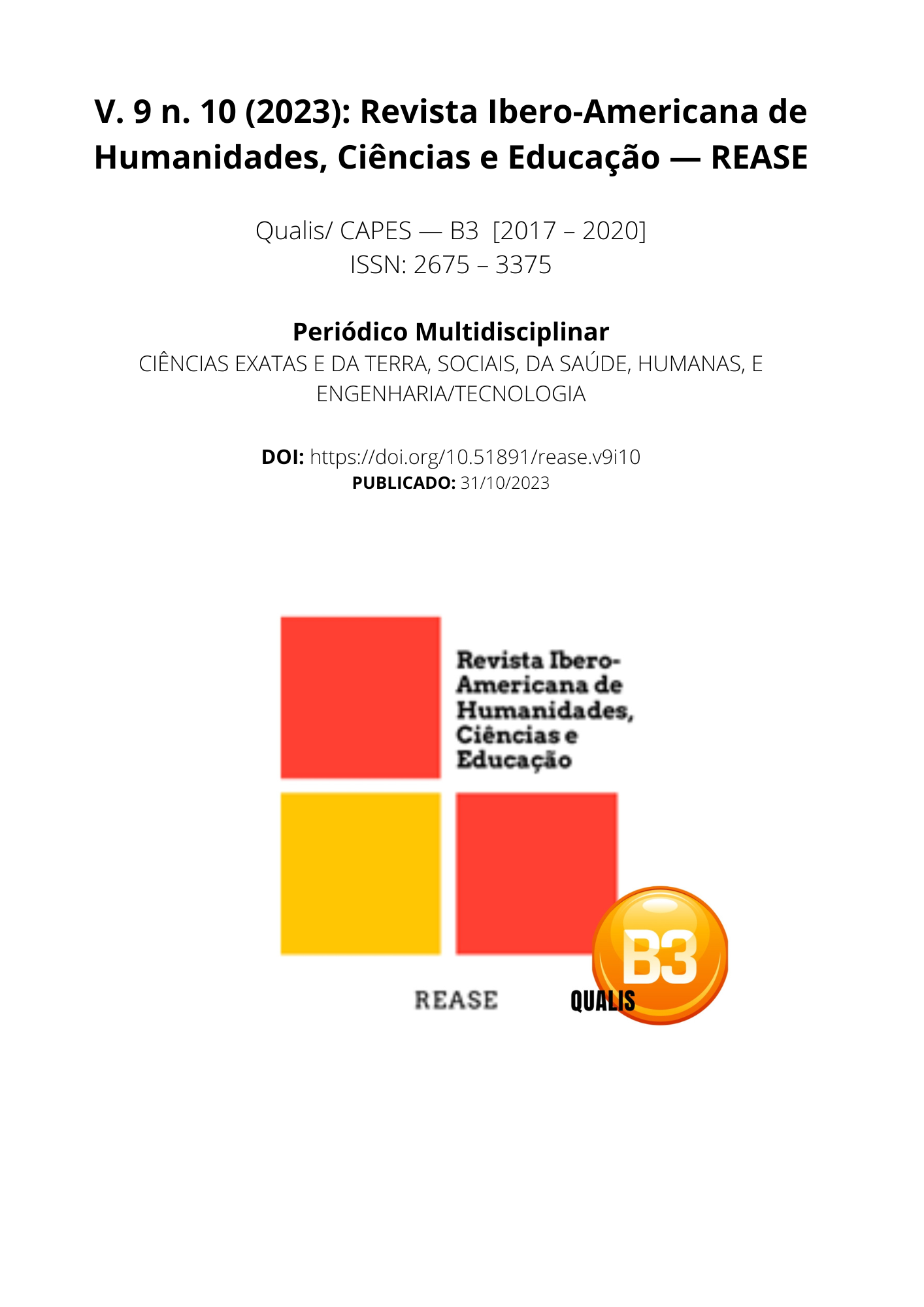CANINE CUTANEOUS HEMANGIOSSARCOMA TREATED WITH SURGICAL RESECTION: A CASE REPORT
DOI:
https://doi.org/10.51891/rease.v9i10.11843Keywords:
Cutaneous hemangiosarcoma. Veterinary oncology. Skin cancer. Histopathological. Surgical resection.Abstract
Cutaneous hemangiosarcoma is a malignant neoplasm that originates from the abnormal growth of endothelial cells of blood vessels in the skin of dogs. It is more commonly diagnosed in older dogs, especially in breeds such as Pitbull, German Shepherd and Golden Retriever. Excessive exposure to solar radiation is a significant risk factor, especially in dogs with poorly pigmented skin and short hair. This study reports the case of a seven-year-old male dog who presented with multiple reddish masses on the skin, including an ulcerated lesion close to the foreskin. Through histopathological analysis, the diagnosis of actinic-type cutaneous hemangiosarcoma was confirmed. Surgical treatment with removal of tumor masses and wide surgical margins was successfully performed. Although chemotherapy is an additional therapeutic option, the owners opted for palliative monitoring with regular exams and surgeries to remove new masses, if necessary. Awareness of risk factors, such as excessive sun exposure, and the adoption of preventive measures are essential in the prevention and management of this skin neoplasia in dogs. Early diagnosis, surgery with wide margins and an appropriate therapeutic approach are essential to increase the chances of survival and improve the quality of life of affected animals. Regular follow-up and continuous monitoring are recommended, even in the case of the less aggressive subtype, to detect any disease progression and ensure the best patient care.
Downloads
Downloads
Published
How to Cite
Issue
Section
License
Atribuição CC BY

